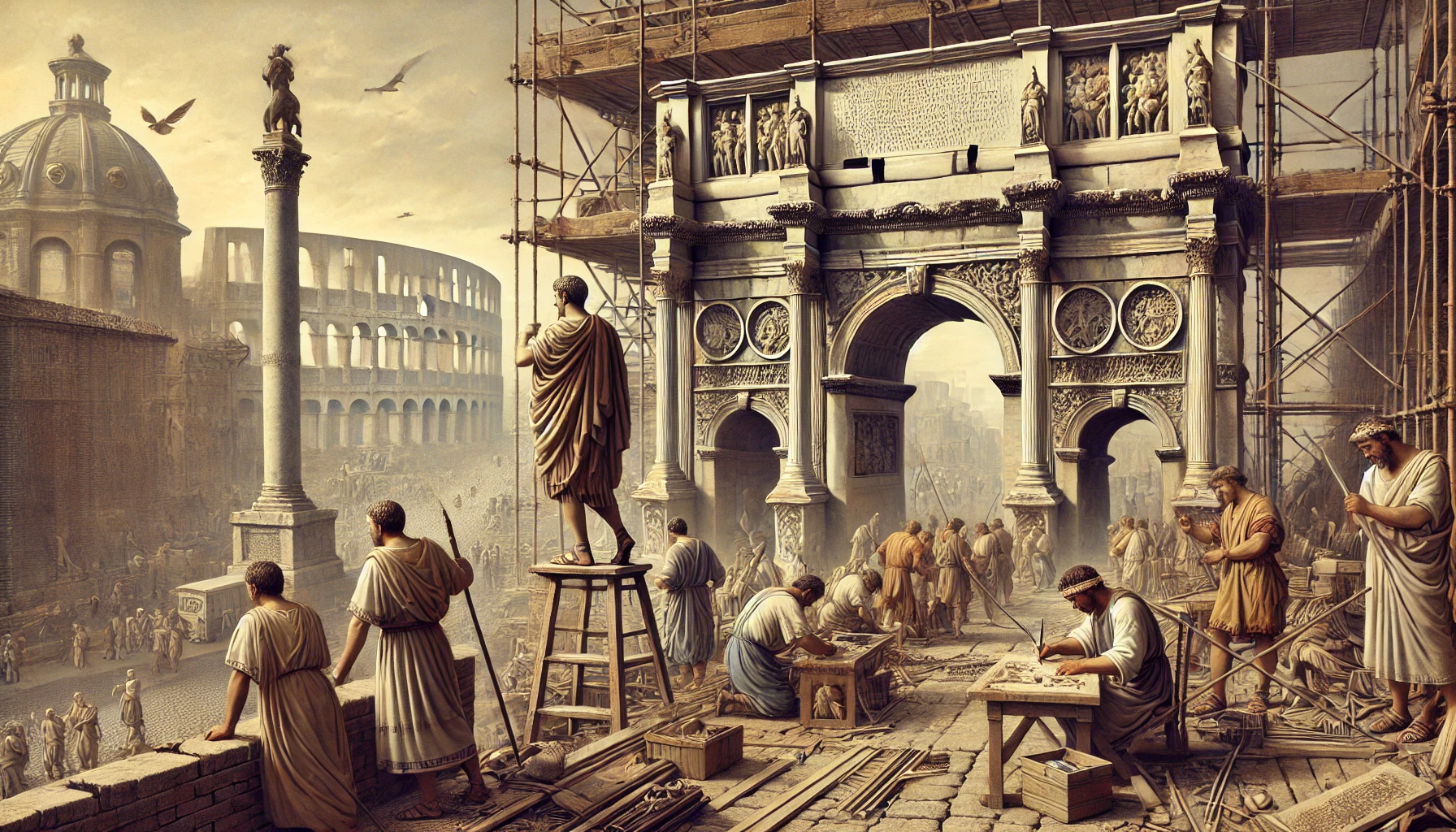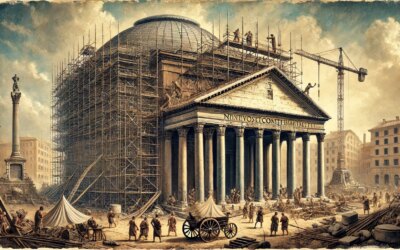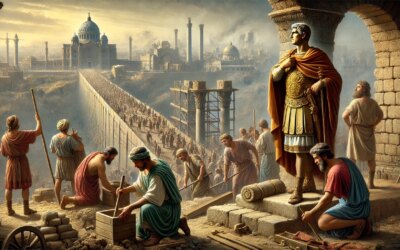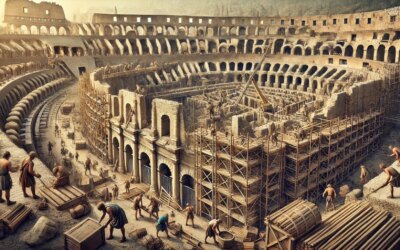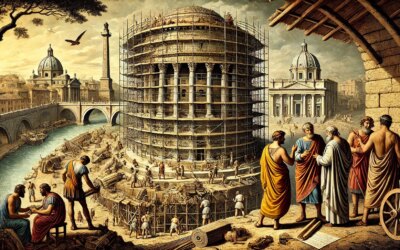A Monument to Constantine’s Triumph
In the heart of Rome, standing between the Colosseum and the Roman Forum, the Arch of Constantine remains one of the most iconic monuments of the ancient world. Erected in 315 CE, this triumphal arch commemorated Constantine the Great’s victory over Maxentius at the Battle of the Milvian Bridge (312 CE), a turning point in Roman and Christian history.
The Political and Religious Significance
Constantine’s victory was more than a military conquest—it symbolized his rise to sole ruler of the Western Roman Empire. The arch was not only a celebration of his success but also a powerful political statement. At a time when the empire was shifting toward Christianity, Constantine used art and architecture to reinforce his legitimacy.
Architectural Design and Borrowed Glory
The Arch of Constantine is a masterpiece of Roman engineering, standing 21 meters high and adorned with intricate reliefs. Interestingly, much of its decoration was repurposed from earlier imperial monuments, including those of Trajan, Hadrian, and Marcus Aurelius. This practice of spolia (reusing earlier sculptures) linked Constantine to Rome’s greatest emperors, reinforcing his image as their rightful successor.
The Iconography of Power
The arch’s reliefs depict scenes of Constantine’s military campaigns and acts of generosity toward the people. One panel shows him addressing the citizens of Rome, while another illustrates the decisive battle against Maxentius. However, some of the older carvings, originally celebrating pagan emperors, were subtly altered to align with Constantine’s new vision for Rome.
The Shift Toward Christianity
Although the arch itself does not prominently feature Christian symbols, its construction marked the beginning of a new era. After his victory, Constantine legalized Christianity with the Edict of Milan (313 CE), paving the way for the faith to become Rome’s dominant religion. The arch, standing at the crossroads of old and new Rome, embodies this transition.
A Legacy That Endures
For over 1,700 years, the Arch of Constantine has stood as a testament to Rome’s resilience and transformation. Whether viewed as a political tool, a religious milestone, or an architectural marvel, it remains a symbol of an empire at the crossroads of history. Today, visitors from around the world continue to admire its grandeur, reflecting on the profound changes it represents.

